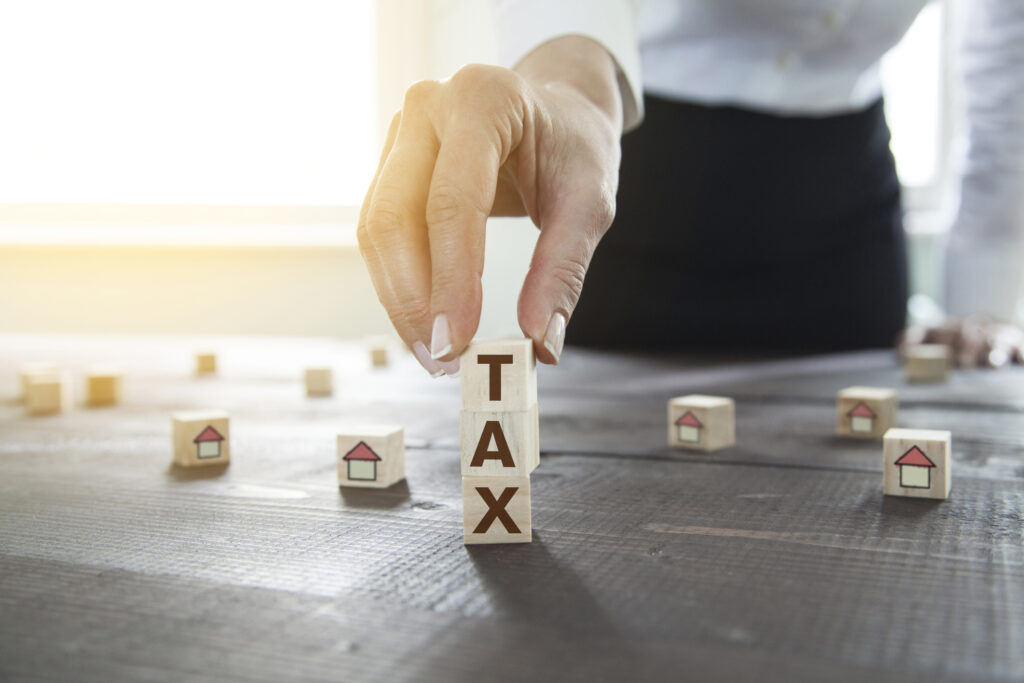
Latest Opportunity Zone Regulations Provide Needed Clarity to Investors, Fund Managers, and Businesses
On April 17, 2019, the United States Department of the Treasury (“Treasury”) issued its second round of proposed regulations related to investments in Qualified Opportunity Zones (“QOZs”) and Qualified Opportunity Funds (“QOFs”). This guidance supplements Treasury’s first round of proposed regulations issued in October 2018.
The Tax Cuts and Jobs Act of 2017 created the QOZ concept to provide tax advantages for investments in lower-income areas. Investors who realize certain capital gain income may reinvest in a QOF within 180 days to defer and potentially achieve exemption from capital gains tax on QOF investments.
This article highlights some of the critical issues addressed by the latest round of guidance, as they apply to QOF investors, QOF managers, and operating businesses within a QOZ. This article also discusses open issues.
Critical Issues Addressed
QOF Investors
- QOF Investments Must Be Cash or Property, Not Services. Treasury’s latest guidance specifies that investments in QOFs must be in the form of cash or property, and not services. With respect to property contributions, the amount of the taxpayer’s deferral is limited to the tax basis of the property contributed.
- Inclusion Events. The proposed regulations include eleven “inclusion events” causing recognition of gain otherwise deferred on account of a QOF investment. This list includes “certain nonrecognition transactions” as inclusion events. A transfer by gift is an inclusion event (except if made to a grantor trust of which the taxpayer is the deemed owner), but a transfer at death is not.
QOF Managers
- Six Months to Invest Rule. The second round of proposed regulations give QOFs six months to invest capital received from investors into QOZ businesses. Previously, it was unclear when QOF managers had to invest newly-received capital. In order to utilize the six-month rule, however, the newly-received capital must be held in cash, cash equivalents, or short-term debt obligations.
- Definition of “Substantially All.” The second round of proposed regulations address the meaning of “substantially all” when used in the statute creating the QOZ concept. Under these proposed regulations, the term “substantially all” means:
- 70 percent when applying the “use in an QOZ” threshold that must be met for tangible property to be QOZ business property;
- 70 percent when applying the tangible property “owned or leased” threshold that must be QOZ property for a business to be a QOZ business;
- 90 percent when applying a QOF’s holding period of tangible property as QOZ business property, or an interest in a business as a QOZ partnership interest or QOZ stock; and
- 90 percent when measuring the holding period of a QOZ business of tangible property as QOZ business property.
Operating Businesses Within a QOZ
- Definition of “Reasonable Working Capital.” Treasury’s first round of proposed regulations created a reasonable working capital safe harbor for QOZ businesses to acquire, construct, or substantially improve tangible property. However, new and expanding businesses also need working capital to cover startup expenses. The second round of Treasury guidance allows QOZ businesses’ planned use of working capital to include the development of a trade or business in the QOZ (in addition to the requirement to acquire, construct, or substantially improve tangible property).
- Measuring Gross Income in QOZs. The first round of proposed regulations requires that at least 50 percent of the gross income of a QOZ business be derived from the active conduct of a trade or business in the QOZ, but leaves open the question of how to meet this threshold. In the second round of proposed regulations, Treasury provides three safe harbors and a facts and circumstances test. The safe harbors are:
- At least 50 percent of the services performed by employees and independent contractors (and their employees) of the QOZ business must be performed within the QOZ, based on hours; or
- At least 50 percent of the services performed by employees and independent contractors (and their employees) of the QOZ business must be performed within the QOZ, based on amounts paid for the services performed; or
- The QOZ business has management or operational functions in the QOZ necessary to generate 50 percent of the gross income of the trade or business.
- Taxpayers not meeting the safe harbors may still meet the 50 percent of gross income test if, based on all the facts and circumstances, at least 50 percent of the gross income of a trade or business is derived from the active conduct of a trade or business in the QOZ.
Open Items
Despite the clarity on certain issues provided by the second round of proposed regulations, many issues remain open. Significantly, Treasury has said that it expects to issue administrative rules applicable to a QOF that fails to maintain the required 90 percent investment standard. Treasury is also expected to address the information reporting requirements applicable to QOFs. This could include revisions to the Form 8996 to require additional information such as the employer identification number (EIN) of the QOZ businesses owned by a QOF and a breakdown of investments in certain Census tracts within QOZs.
